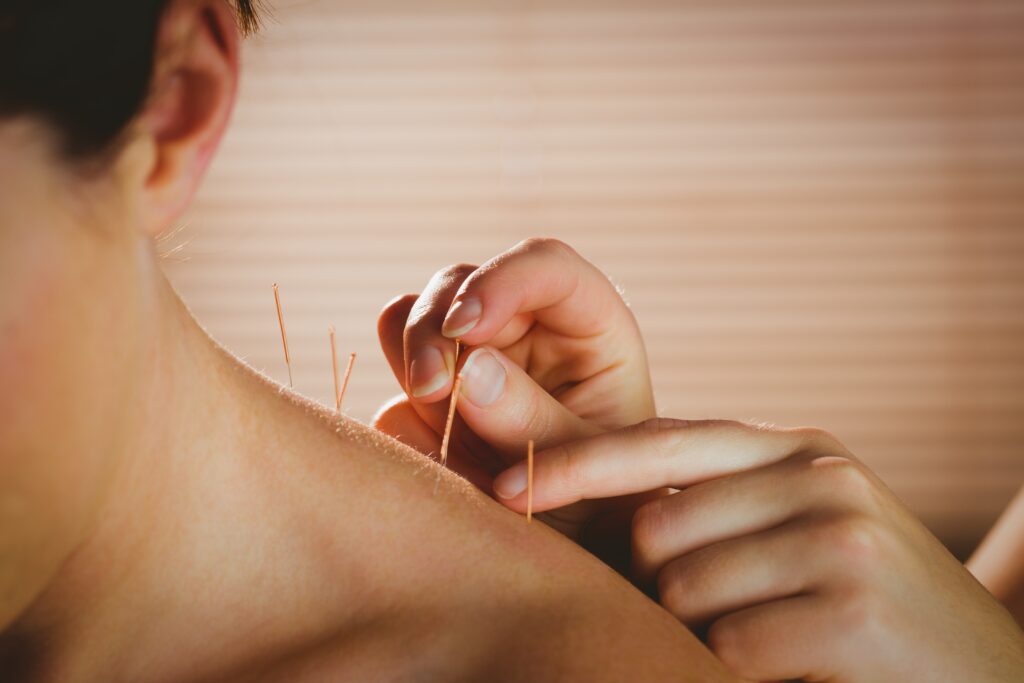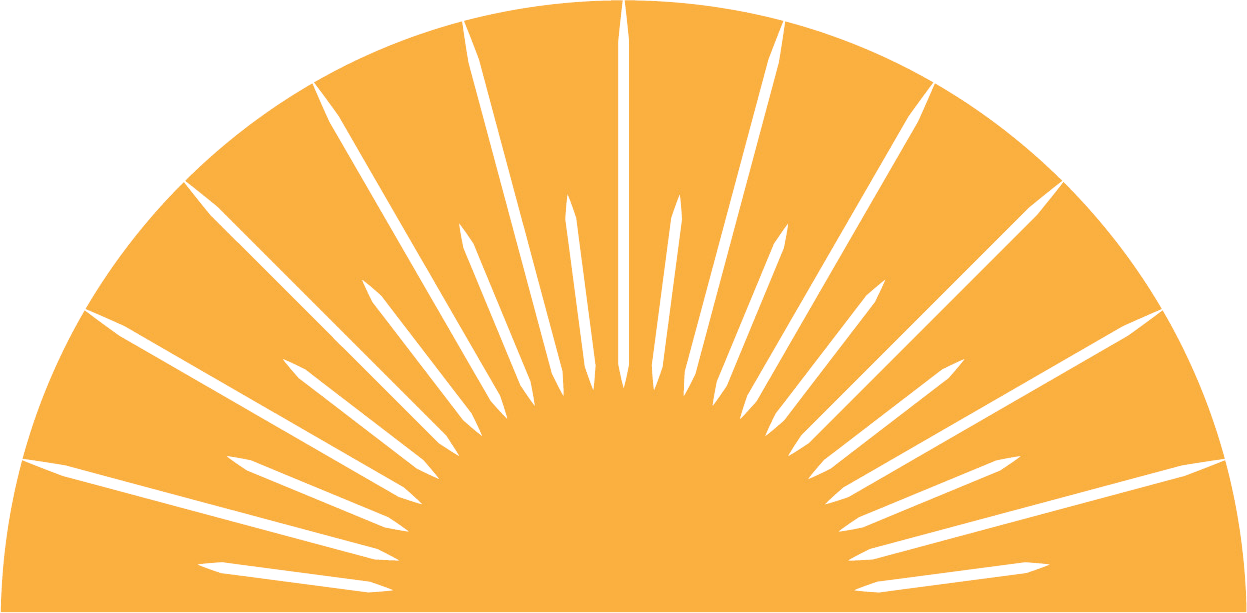
How Many Acupuncture Treatments Will I Need?
One of the more common questions patients ask us at Above & Beyond Acupuncture is how many acupuncture treatments they will need. Since this issue is an important facet to the healing process, we wanted to take some time to properly respond and provide information for those interested.
Understanding Acupuncture and How It Works
Before we address the question as to the number of treatments needed, it’s important to have a good understanding of what acupuncture is and how it differs from Western medicine.
What is Acupuncture?
Acupuncture is a component of Traditional Chinese Medicine that can be traced back at least 2,500 years. The general theory of acupuncture is based on the premise that there are patterns of energy flow (Qi) through the body that are essential for health.
Disruptions and stagnation of this flow of energy are believed to be responsible for disease. Acupuncture may, it has been theorized, correct imbalances of flow at identifiable points close to the skin that are known as acupuncture points. This definition was provided from a Western perspective but does a good job of summarizing what the medicine entails. It’s important to note that Western medicine uses the scientific method to provide proof that something is valid. When it comes to validating Qi, there are problems. Qi cannot be seen under a microscope; it is not a tangible element but more a theoretical one. By inserting acupuncture needles into specific acupuncture points, Qi can be affected—it can be moved, increased or decreased. Through thousands of years of practice on millions of patients, acupuncturists have been able to manipulate Qi in efforts to improve health and resolve illness.
Comparing Eastern and Western Medicine
When comparing Western and Eastern medicines, there are some glaring differences. Traditional Chinese Medicine has a more moderate and gentle way to treating the body. Using a holistic perspective, it sees the body as a whole. Instead of rapid changes (which Western medicine can provide), acupuncture treatments are cumulative and build upon each other.
The goal of Traditional Chinese Medicine is to focus treatment on the root issue while also tending to the symptoms.
Western Medicine: Rapid Change
Western pharmaceuticals are geared toward rapid change; when medicine is taken, patients expect to see immediate results.
Eastern Medicine: Healing the Root Issue
From an Eastern perspective, the body needs time to adapt, to change and to heal itself. There are some changes that can happen rapidly, but others that can take time to fully resolve. The goal of Traditional Chinese Medicine is to focus treatment on the root issue while also tending to the symptoms. This approach will provide full relief but is in stark contrast to the Western model—one that provides rapid relief of symptoms without focusing on the root issue.
How Many Acupuncture Treatments Will I Need?
So, now that there’s a good explanation of what acupuncture is and how it’s used, we can circle back to how many acupuncture treatments are needed. First off, please be aware that there are no black and white answers to this question; every case is different. No two people are alike and therefore no two answers will be the same.
How Treatment Plans Are Customized for Each Patient
To provide an answer to how many treatments a patient could need, a licensed acupuncturist needs to do a full in-take that entails getting a lot of varied information. Then, after taking the pulse and looking at the tongue, a process called differential diagnosis is employed that will lead the practitioner to create a treatment plan. Once the plan is in place, the patient will be informed as to how many sessions it could potentially take to fully resolve the root issue (and not just alleviate the symptoms.)
What to Expect from Your Acupuncture Journey?
There are many people out there who have tried one or two acupuncture treatments and didn’t see desired results. As we mentioned earlier, this medicine is cumulative and gentle. It can take some time to fully resolve issues, especially if they have been present for long periods of time. Before drawing any hasty conclusions as to whether acupuncture has worked for you, just keep this in mind: it can take one month of treatment for every year that the health issue has existed. There are many variables to take into consideration, however. This is just a rough estimate but should give you an idea of what it may take to fully alleviate the problem.
Final Thoughts
If you’re considering acupuncture, we hope this blog provided you with a better understanding of how long it can take to see substantial results. Instead of just resolving symptoms, Traditional Chinese Medicine can provide true wellness and health. It can take some time and dedication, but it will be worth the effort.
Related Posts

Treatment
3 min read
6 Things Everyone Should Know About Acupuncture
If you are going for your first acupuncture treatment it is important that you are presented with some important information that everyone should know before their introduction to Chinese Medicine.

Resources
1 min read
What Does Holistic Mean?
When the term holistic is applied to medicine, health, and healing, it describes an approach that is focused on treating the entire body as a whole.

Resources
3 min read
The Importance of Receiving Acupuncture from a Licensed Acupuncturist
A licensed acupuncturist uses specific information obtained during an intake consultation and examination that allows them to create a treatment plan.
